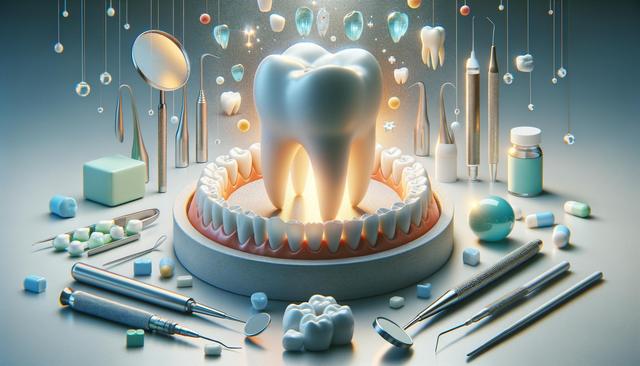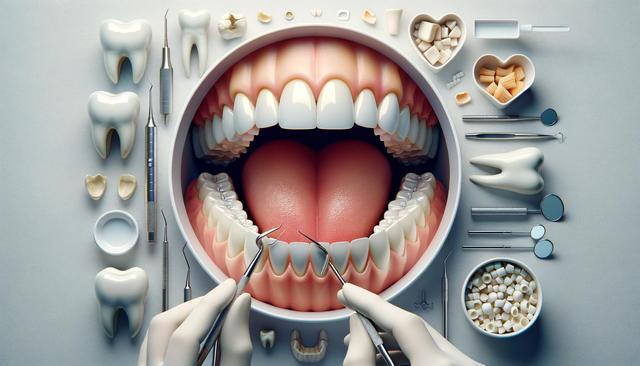Understanding Root Canal Therapy and Tooth Decay
Tooth decay, when left untreated, can progress beyond the surface enamel and infiltrate the inner layers of a tooth. At this stage, the pulp—composed of nerves and blood vessels—can become infected or inflamed. Root canal therapy is a valuable procedure designed to address this issue by removing the infected pulp, cleaning the root canals, and sealing the tooth to prevent further damage. This treatment is often necessary when a cavity reaches deep enough to affect the tooth’s nerve tissue, causing discomfort or increasing the risk of abscess formation. When performed early, root canal therapy can preserve the natural tooth and avoid more invasive procedures like extraction.
Many people associate root canals with pain, but advancements in dental techniques and anesthesia have made the procedure relatively gentle and manageable. In fact, the discomfort caused by an infected tooth is often far worse than the treatment itself. By addressing the root cause of the problem, root canal therapy not only alleviates pain but also helps protect your smile in the long term.
Anterior Root Canal Therapy: Special Focus on Front Teeth
Anterior root canal therapy is a specific type of treatment applied to the front teeth, which play crucial roles in speech, appearance, and biting. These teeth typically have a single root and canal, making the procedure somewhat simpler than treating molars. Despite this, precision is essential to ensure proper cleaning and sealing.
Because the front teeth are highly visible, maintaining their appearance is a key consideration. Anterior root canal therapy aims to preserve both functionality and aesthetics. Dentists often use tooth-colored materials for restoration, such as composite resins or porcelain, ensuring the treated tooth blends seamlessly with the surrounding teeth. This type of therapy is particularly effective for:
- Dental trauma resulting in pulp damage
- Deep cavities in front teeth
- Cracks or chips exposing the inner pulp
- Persistent sensitivity to temperature changes
By addressing issues affecting the front teeth promptly, anterior root canal therapy helps patients maintain confidence in their smile and daily interactions.
Signs You Might Need a Root Canal
Recognizing the early signs of tooth decay and pulp infection can help prevent further complications. If you experience any of the following symptoms, it may be time to consult a dental professional for an evaluation:
- Severe and persistent toothache
- Prolonged sensitivity to hot or cold
- Swollen or tender gums near the affected tooth
- Discoloration or darkening of the tooth
- A pimple or abscess on the gums
These signs indicate that the inner structure of the tooth may be compromised. Delaying treatment can allow the infection to spread, potentially affecting surrounding teeth and even leading to systemic issues. Root canal therapy provides a reliable solution that targets the infection at its source, allowing you to avoid more extensive dental procedures in the future.
The Root Canal Procedure: What to Expect
Understanding the steps of a root canal procedure can ease anxiety and help patients feel more confident about their treatment. The process usually involves the following stages:
- Diagnostic imaging to assess the tooth’s condition
- Local anesthesia to ensure patient comfort
- Accessing the pulp chamber and removing the infected tissue
- Cleaning, shaping, and disinfecting the root canals
- Filling the canals with a biocompatible material
- Sealing the tooth with a permanent or temporary restoration
The procedure typically requires one or two visits, depending on the complexity of the infection. After treatment, some minor soreness may occur, but this usually resolves within a few days. Patients are advised to follow post-treatment care instructions and schedule follow-up appointments to monitor healing and complete the final restoration if necessary.
Maintaining Oral Health After Root Canal Therapy
Once a root canal is completed, maintaining strong oral hygiene practices becomes essential to protect the treated tooth and prevent future issues. Here are a few habits that support long-term dental health:
- Brush teeth at least twice daily with fluoride toothpaste
- Floss daily to remove plaque between teeth and along the gumline
- Limit sugary snacks and beverages that contribute to decay
- Visit the dentist regularly for check-ups and cleanings
In some cases, a crown may be recommended after root canal therapy to provide additional protection and strength, especially for back teeth that endure more pressure during chewing. Staying proactive with dental care not only supports the health of the treated tooth but also enhances overall well-being by reducing the risk of future oral infections.
Conclusion: A Gentle Solution for Lasting Relief
Root canal therapy offers a gentle and effective solution for treating tooth decay that has reached the inner pulp. By addressing the infection and preserving the natural tooth, this procedure helps restore function, relieve discomfort, and safeguard your long-term dental health. Whether you need treatment for a front tooth or a molar, timely intervention is key. Protect your smile by staying attentive to changes in your oral health and seeking professional care when needed. A healthy smile begins with informed choices and consistent care.


